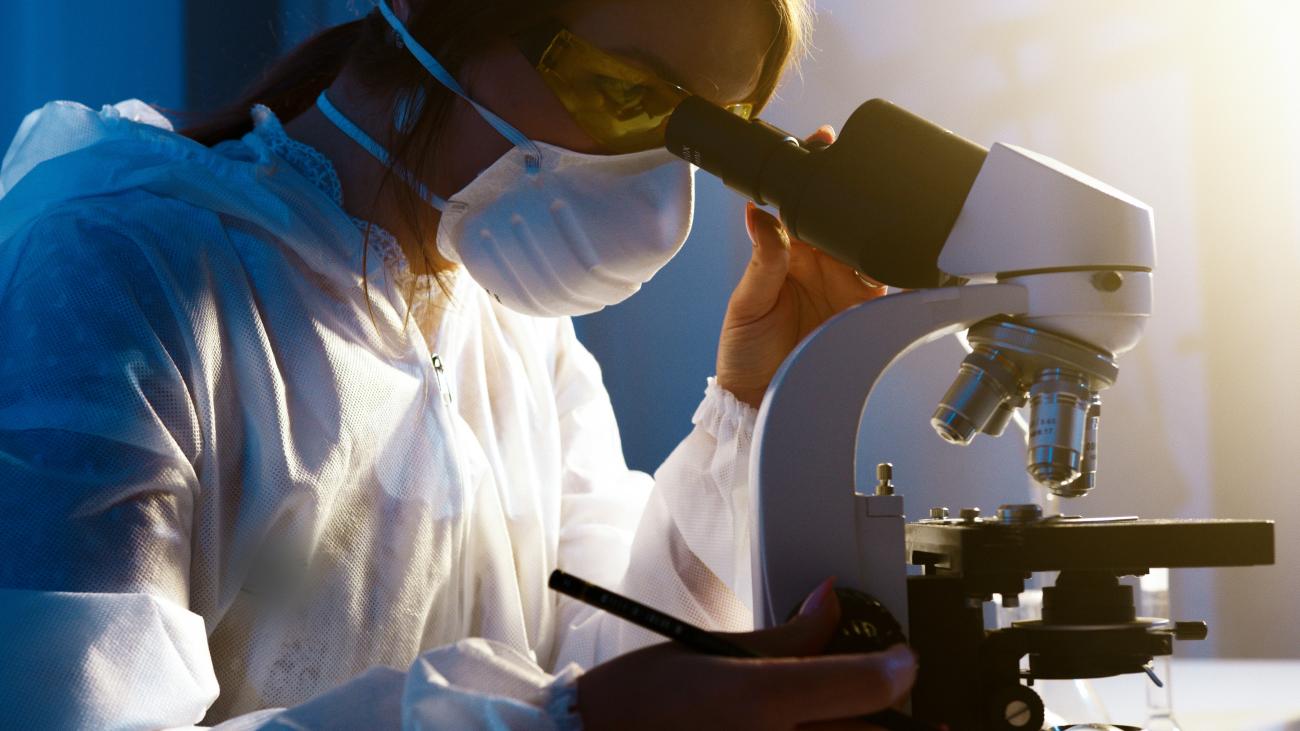Database providing access to the High Technology Network's industrial research offering: research competences, type of analyses and tests available at the Laboratories. Companies can consult the Catalogue to find Laboratories and researchers that match their needs.
Competence
Biomarker identification to assess the effects of bioactive components in humans
Carbon-based materials (graphene oxides, TPG, etc.)
Ceramic materials (oxides, nitrides, carbides, etc.)
Ceramic matrix composites and nanocomposites
Characterization of products of microbial origin: biomass, metabolites, natural antibiotics. Conversion and transformation processes of food an by-products
Combined stabilization strategies to enhance shelf-life and food safety
Corrosion: protection and inhibition
Cosmetics
Effects of industrial processes on the nutritional qualities of foods
Effects of packaging on the evolution of food microbial population
Elastomers
Evaluation of dietary habits of the population in order to identify risk behaviours and prevention strategies
Evaluation of the interactions between food matrix and bioactive components
Evaluation of the organoleptic characteristics of food bioactive components and related food
Evaluation of the physical, chemical, and microbial characteristics of products
Extraction of bioactive components from food waste (polyphenols, omega3 and omega6 fatty acids)
Functional compounds characterization from raw materials, ingredients, food and food industry left-overs
Glass and glass-ceramic materials
Human studies for the validation of nutritional/health claims (including analysis of biological samples and statistical analysis of the results)
Innovative strategies for microbial control: the use of natural antimicrobials and thermal treatments
Interaction between food microorganisms and gut microbiota
Magnetic materials both bulk and nano
Magnetorheological fluids
Marker identification for the instrumental detection of desired or undesired microflora: set up of markers or indicators
Market survey and consumer trends towards functional foods
Materials of natural origin and derived (wood, paper, cellulose, fibers, etc.)
Materials with self-diagnostic and self-healing properties
Mathematical modelling for product/process optimization
Metal matrix composites and nanocomposites
Metals: ferrous alloys (steel, cast iron)
Metals: non-ferrous alloys (aluminum, copper, nickel, titanium, magnesium, etc.)
Micro-nano materials functionalized
Microbial analysis, challenge tests, instrumental analyses
Microbial response to environmental stress: optimization of microbial performance
Microbial strain selection for food production: enzymatic, physiological, and genetic characterization
Microbial strain selection: technological characterization
Microbiological activity in food: risk analysis
Modulation of microbial growth and shelf-life evaluation as a function of formulation and storage condition
Molecular analyses for the identification of pathogens and spoilage microorganisms and the evaluation of their impact on final product,
Nanomaterials (filler, graphene, etc.)

